Call Us: (800) 633-1008
Int. + 1 (813) 251-5355
Int. + 1 (813) 251-5355
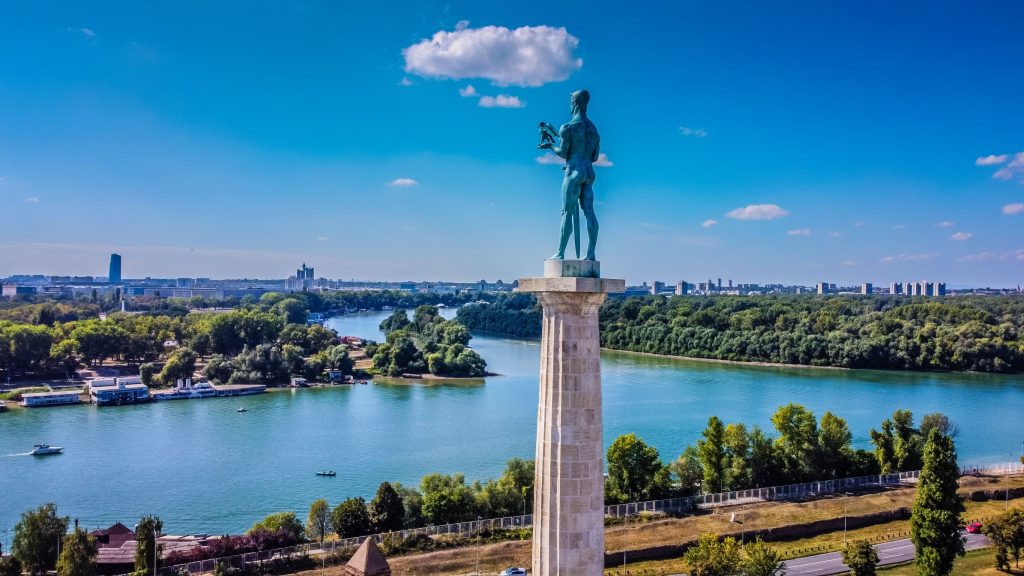
Your journey begins in Belgrade, the capital of Serbia. The city lies on the confluence of two powerful rivers, the Sava and the Danube. The site of the city was settled in the 3rd century BC by the Celts before becoming a Roman settlement. The Slavic name Beligrad (literally meaning White City) was first recorded in 878 AD. Belgrade first became the capital of the Serbian Kingdom in the 13th century, and the Ottoman Turks ruled from the 14th century to the mid-19th century. After World War I, it was the capital of Yugoslavia from 1918 until 2006.
Hotel: St Regis
Today, visit the National Museum. Housed over three floors of a neoclassical former bank building on Republic Square, the museum has a 400,000-piece collection. The museum was closed for 15 years and has just re-opened. The first floor covers prehistory and classical antiquity, as well as an abundance of Roman material (18 emperors, including Constantine the Great, were born in what is now Serbia). The second floor has a collection of Byzantine Serbian exhibits, and the top floor is devoted to paintings with a focus on Yugoslav and European art. The Impressionist collection is impressive, with works by Monet, Renoir, Degas, and Cézanne.
Hotel: St Regis
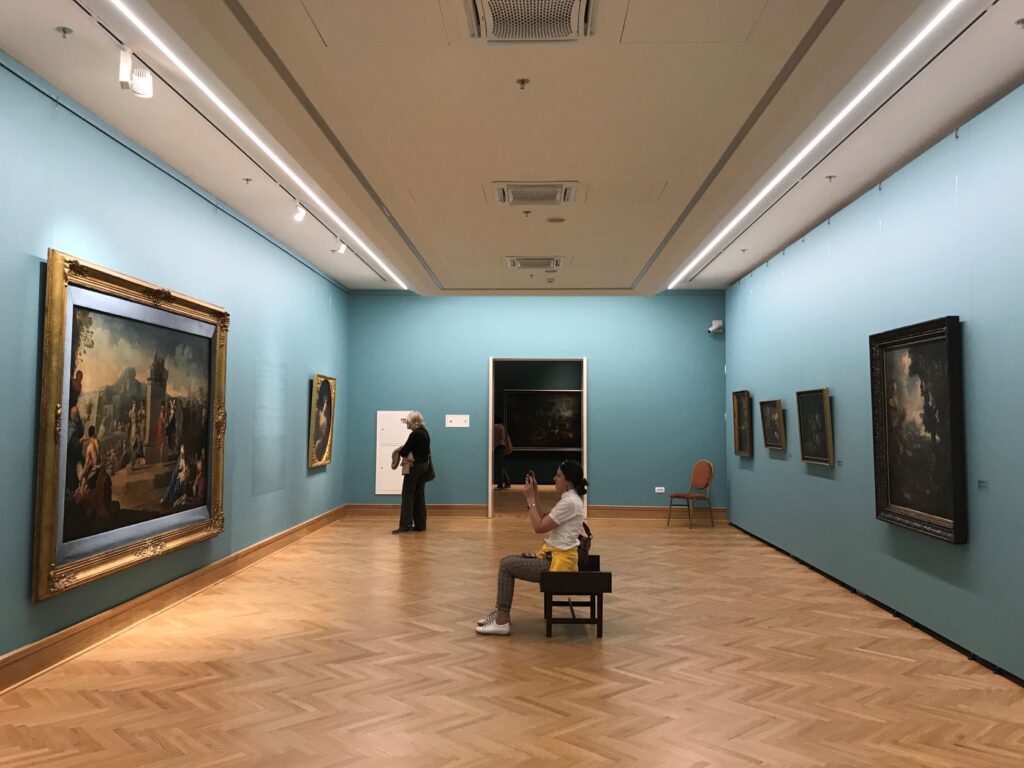
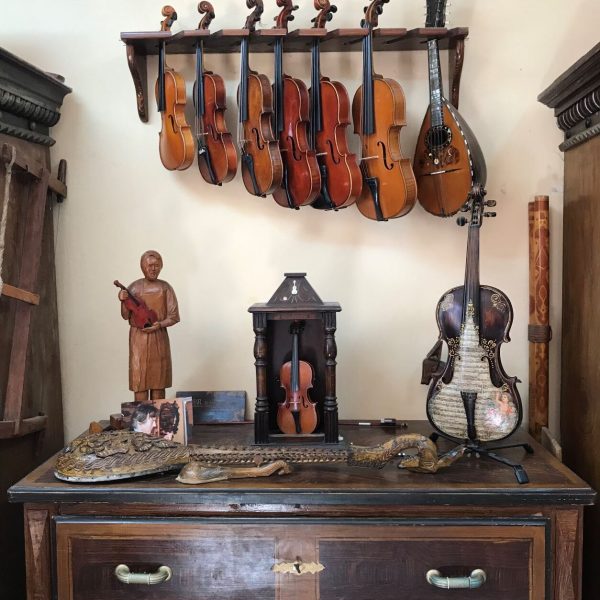
This morning, visit the Museum of Contemporary Art. This stunning modernist building, located in Usce Park in New Belgrade, contains more than 8,000 works. It was first opened in 1965. The building consists of six jutting concrete cubes that seem to float on top of glass walls. Inside, the five-story space is filled with light. The collection includes important Yugoslav works
from the 20th and 21st centuries.
Later, drive to Kovacica, 35 miles from Belgrade. This area of the countryside has been a Slovakian enclave since 1802. You will meet some of the
artists at the Gallery of Naïve Arts. The gallery was established in 1955 by self-taught artists, 18 of whom remain. They are all in their late 70s and 80s and still paint prolifically. Today their main purpose is to pass down and preserve the tradition of Naïve painting to the next generation.
Later, visit the workshop of a master violin maker and restorer. Jan’s son and granddaughter both have learned this artisanal skill, and it is wonderful to hear their story.
Hotel: St Regis
This morning, you can enjoy a tour of the Royal Palace complex. There are two palaces: the Royal Palace, built in the Serbian- Byzantium style in the 1920s, and the White Palace, built a decade later. The Royal Palace is unique as it is the residence of the Royal Family HRH Crown Prince Alexander and Princess Katherine. During the Socialist period, both palaces were closed to visitors and were used by Tito to entertain visiting dignitaries.
Afterwards, transfer to the airport for a short flight to Sarajevo, where you will transfer to the Swissotel Sarajevo which offers
panoramic views of the city.
Hotel: Swissotel Sarajevo
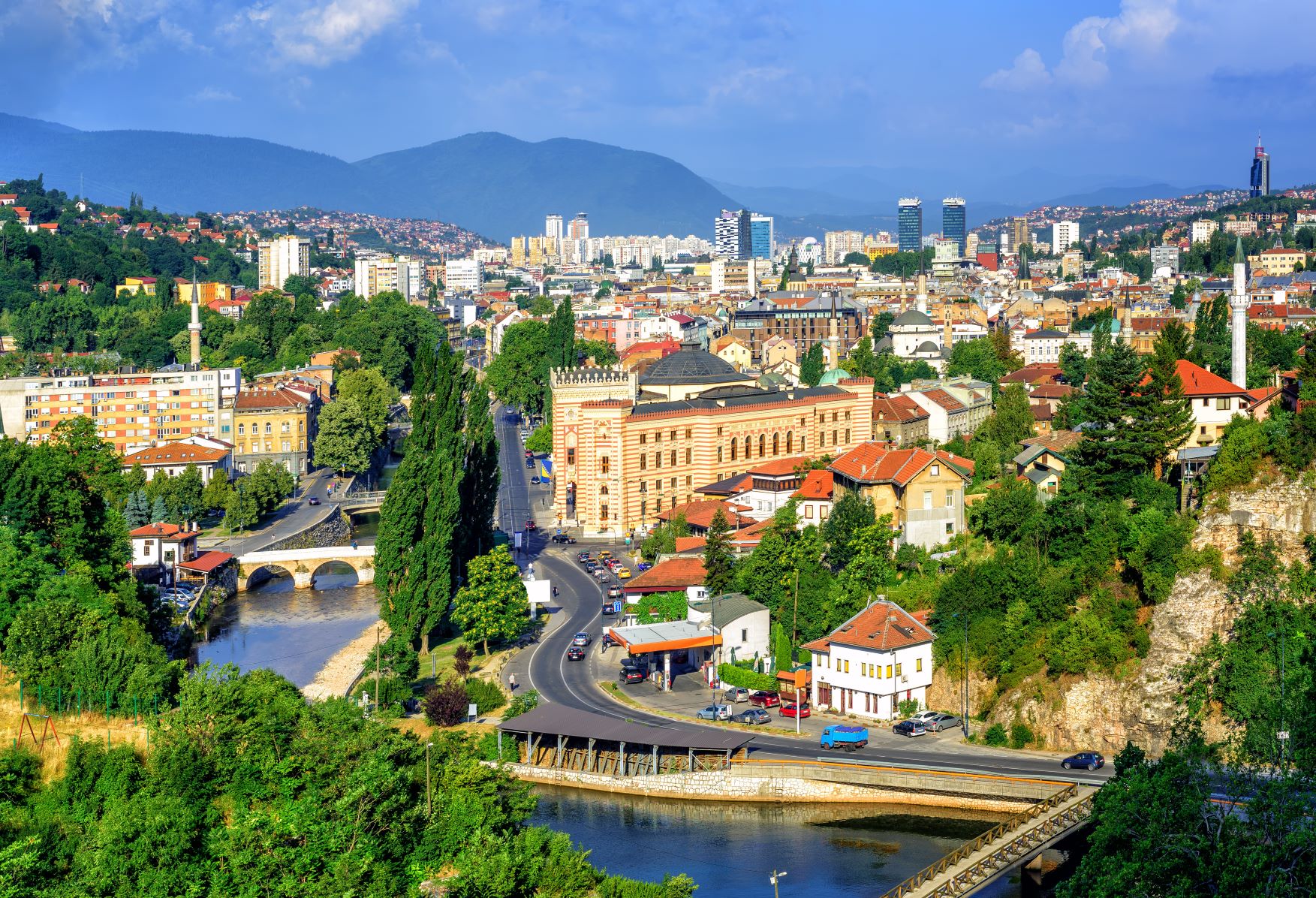
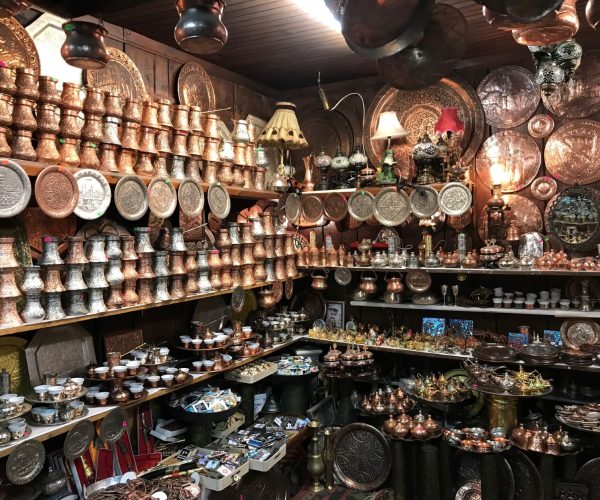
This morning, start your exploration of the city. The compact Old Town makes for easy and enjoyable exploration on foot, and the Ferhadija pedestrian street is lined with architectural monuments, cafes, and shops. Stroll along the Miljacka River and see the bridges built during Ottoman times. One of these, the elegant stone Latin Bridge, is where the Serbian nationalist Gavrilo Princip shot and killed Franz Ferdinand and his wife. Nowadays, a plaque commemorates the place of the assassination, and a small museum stands on the northern bank of the river.
Later, visit the Jewish Museum, housed in the oldest synagogue in the region, before some free time for lunch and exploration of the old town independently.
Next to the Coppersmith Street, you can see the Marketplace Mosque. Erected in the 16th century, it is still a functioning temple, and calls to prayer can still be heard several times a day.
Later this afternoon, you can visit the National Museum, which is close to your hotel and where the highlight is the Sarajevo Haggadah.
Hotel: Swissotel Sarajevo
This morning, visit the
extraordinary War Childhood Museum, recipient of the 2018 Council of Europe Museum Prize. The museum came into being after its founder, a child during the conflict, asked other children who survived the war to explain what the war meant to them. It is a powerful, nuanced, and very moving experience that will be impossible to forget.
Lunch today will be at a wonderful local restaurant.
You can also visit the Bosniak Institute. Founded by a wealthy Bosnian intellectual who lived in exile for many years, the institute is partly located in a renovated hammam and serves as a fascinating museum of Bosniak culture and art.
Hotel: Swissotel Sarajevo
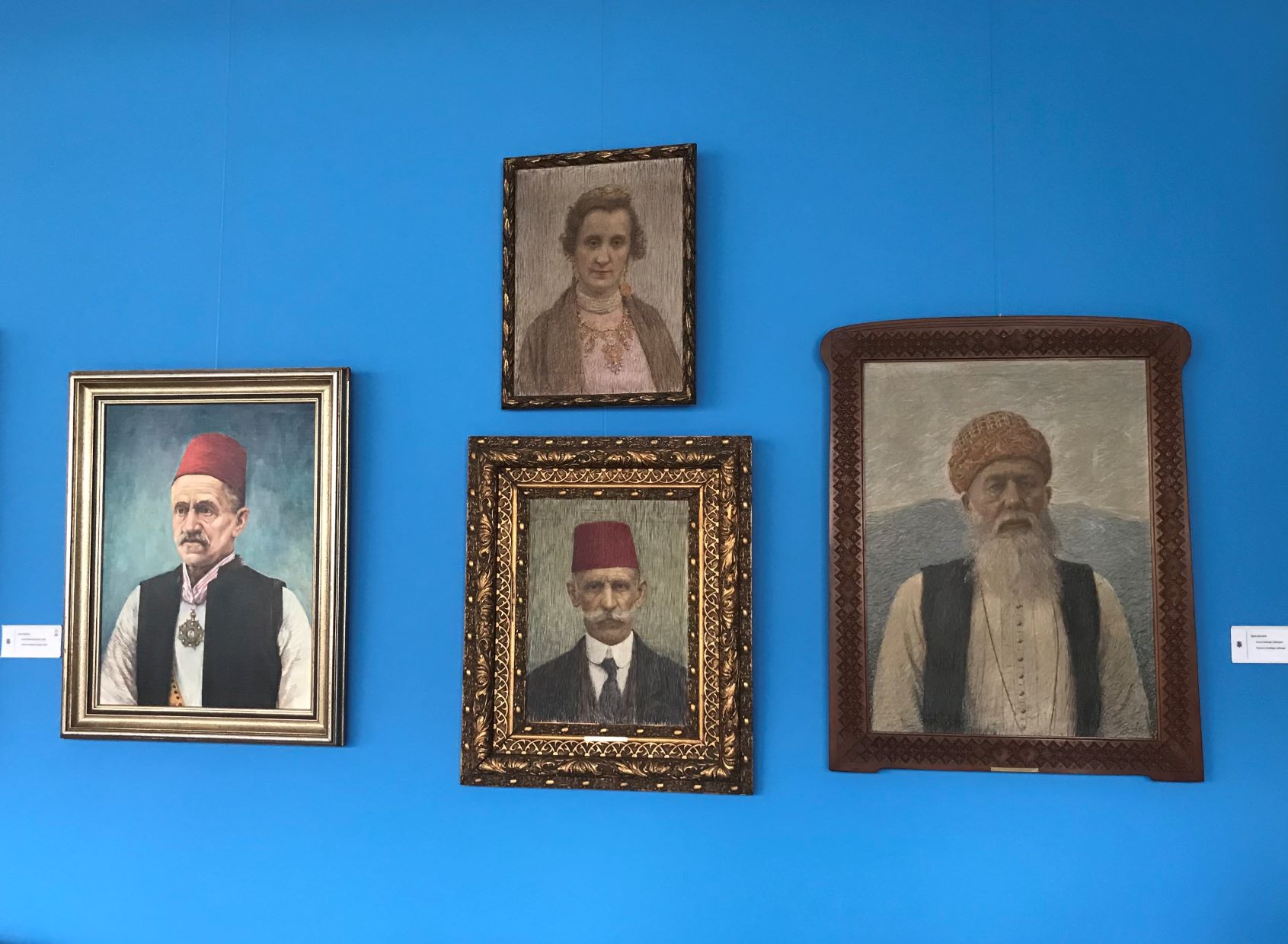
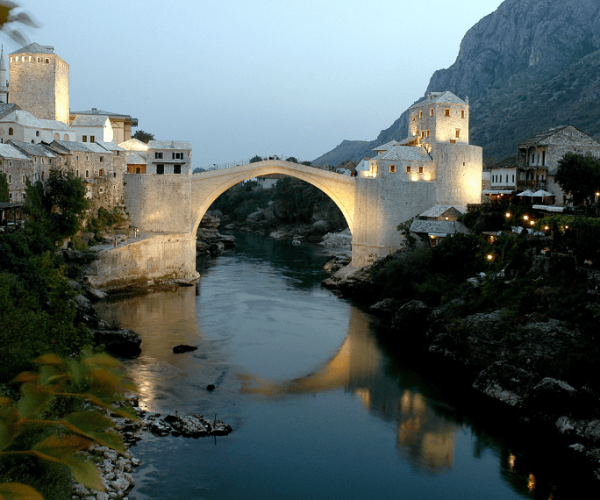
This morning, check out and drive to Dubrovnik via Mostar,
the unofficial capital of Herzegovina, which is situated on the Neretva River. It also has a micro-climate and is usually significantly warmer than Sarajevo!
Mostar was named after its famous UNESCO-protected Old Bridge (Stari Most) and the towers on its sides, known as the bridge keepers’ (mostari). On arrival, your guide will meet you, and you will enjoy an overview walking tour of Mostar’s Old Town. Walking along the Old Bridge, we will enter Mostar’s cobbled Ottoman Quarter, which still houses the shops of many local artists and craftsmen, as well as beautiful 16thcentury mosques, museums, and cafes.
Later, continue your journey to Dubrovnik, where you will check into the Villa Dubrovnik for an evening at leisure.
Hotel: Villa Dubrovnik
This morning, your guide will meet you for an overview walking tour of the historic center of Dubrovnik, which is a UNESCO Heritage site.
Hotel: Villa Dubrovnik
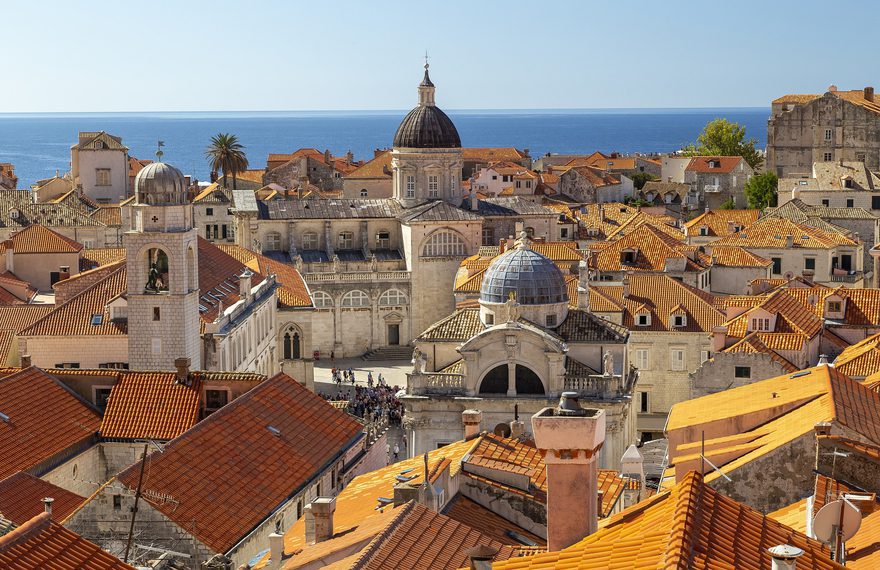
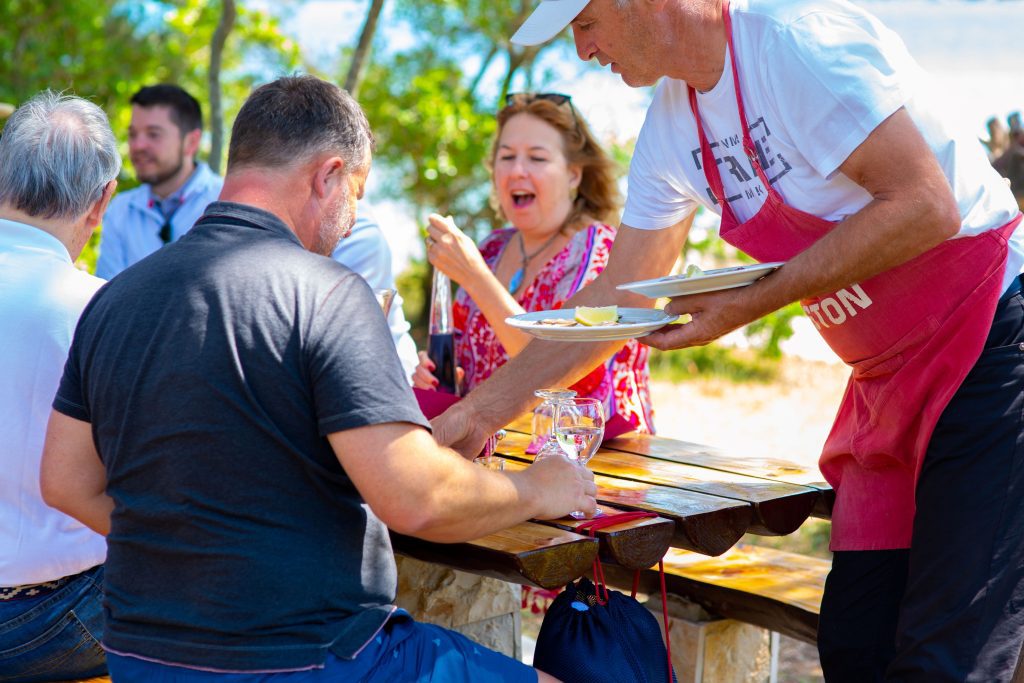
This morning, depart Dubrovnik for the Peljesac peninsula, which, was first colonized by the Greeks, later by the Romans and Byzantines, and in the Middle Ages often changed
hands between the Venetian and Ragusan Republics. The peninsula is known for its fine vineyards and the best oysters in Dalmatia farmed in the town of Ston. You will join the oyster farmer on his private island for a picnic lunch hosted by his family. You’ll have an oyster tasting and a light lunch of local specialties, along with local wine.
Your next stop will be at the Vukas vineyard. Vukas’ forefathers started growing the wine Plavac Mali on the inaccessible grounds of the Crnjova hill steep slopes. Return to Dubrovnik and enjoy an evening at leisure
Hotel: Villa Dubrovnik